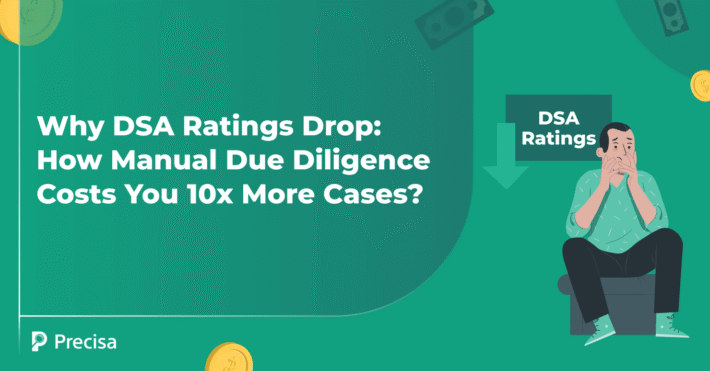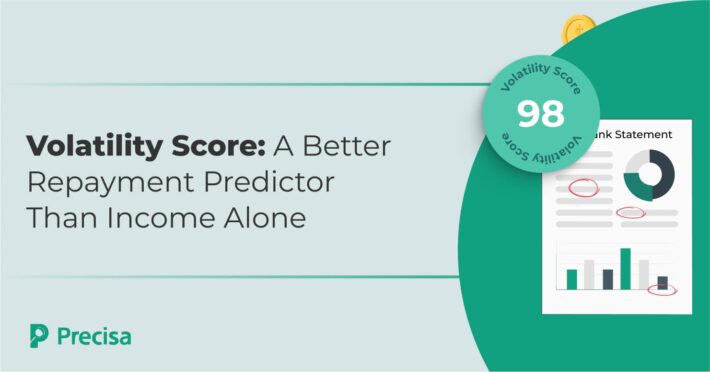Optimising Loan Against Security: Strategies for Lenders to Maximize Returns

Financial institutions are witnessing a significant shift towards secured lending products, with Loan Against Security (LAS) emerging as a preferred financing solution.
This trend is evident from PolicyBazaar’s recent strategic focus on LAS as one of the key growth areas in their credit marketplace.
Its potential expansion is further underscored by increasing financial literacy and market participation, with Indian markets now having nearly 10.85 crore registered investors who understand the benefits and risks of these financial products.
However, success in LAS lending requires more than just market opportunity. Lenders must optimise their processes while maintaining portfolio quality, risk management practices, etc. This balance between growth demands strategic approaches to valuation, monitoring, and portfolio management.
This article will explore strategies for lenders to optimise their loans against security operations to maximise returns.
Understanding Loan Against Security
Loan Against Security is a type of loan where borrowers leverage their financial assets as collateral. It includes marketable securities like shares, mutual funds, bonds, and fixed deposits.
Lenders evaluate these instruments based on their market value, liquidity, and risk profile to determine appropriate loan amounts.
The secured nature of these loans provides dual benefits: borrowers access funds at competitive interest rates, while lenders maintain security through pledged assets.
This risk-mitigation aspect has made LAS particularly attractive for financial institutions focused on portfolio quality and sustainable growth.
Strategies to Maximize Returns on LAS
The following strategies help lenders optimise their portfolios while maintaining security:
Enhanced Risk Assessment
Risk management forms the foundation of an effective LAS portfolio. Lenders must adopt comprehensive credit risk evaluation methods that consider:
- Market Volatility Analysis: Evaluating liquidity patterns and price volatility of pledged securities to protect against market downturns and ensure adequate coverage.
- Collateral Quality Assessment: Examining security quality, market depth, and trading volumes to ensure easy liquidation when needed.
- Borrower Profile Evaluation: Analyzing repayment capacity, credit history, and financial stability beyond just collateral value.
Dynamic Margin Management
LAS transactions involve maintaining a margin of safety between the loan value and the collateral value. Regular monitoring and adjustment of margins based on market trends are critical to safeguard against sudden drops in collateral value:
- Proactive Margin Calls: Setting up automated alerts and communication systems for margin shortfalls before they breach critical thresholds.
- Risk-Based Margins: Establishing differential margin requirements on the basis of security type, market volatility, and borrower risk profile.
Digital Onboarding and Processing
The rise of digital lending has transformed LAS processes, enabling streamlined operations and reduced costs. Key focus areas include:
- Automated Valuation Systems: Deploying algorithms for real-time security valuation and continuous monitoring of collateral worth.
- Digital Documentation: Implementing e-KYC, digital signatures, and automated document verification to streamline onboarding.
- Market Integration: Establishing direct feeds with exchanges and depositories for real-time security price updates and holding verification.
Portfolio Diversification
A well-diversified LAS portfolio helps minimise concentration risk and optimise returns. Essential strategies include:
- Asset Class Diversification: Expanding accepted collateral types across various financial instruments while maintaining risk parameters.
- Sector Distribution: Implementing limits on sector-wise exposure to reduce the impact of industry-specific downturns.
- Borrower Segmentation: Diversifying across retail, HNIs, and institutional borrowers to balance portfolio risk and returns.
Robust Default Management
Despite the secured nature of LAS, defaults can still occur. Efficient recovery mechanisms for minimising losses include:
- Automated Triggers: Setting up alerts for overdue payments and initiating timely recovery actions.
- Liquidation Protocols: Establishing clear guidelines for the liquidation of pledged securities in the event of default.
Challenges in LAS Optimization
While LAS offers numerous advantages, lenders must navigate several significant challenges to maintain portfolio quality and operational efficiency:
Market Dependency
LAS portfolios face inherent vulnerability to market fluctuations. Lenders must implement advanced monitoring tools to track and respond to market movements that could impact collateral values.
Regulatory Compliance
Meeting SEBI and RBI guidelines requires robust compliance frameworks. This includes maintaining prescribed margins, following reporting requirements, and ensuring transparent loan documentation.
Technological Integration
Many institutions struggle with legacy system limitations. Modern LAS operations demand advanced analytics capabilities and automated processes that older systems may not support.
Customer Awareness
A limited understanding of LAS products among potential borrowers can restrict market growth. Lenders need structured approaches to educate customers about product benefits and requirements.
Consequences of Inefficient LAS Management
Inadequate management of LAS operations can lead to significant adverse impacts across multiple areas of business operations:
Portfolio Quality
Poor risk management and inadequate collateral monitoring can lead to increased defaults and bad loans, increasing NPAs.
Operational Efficiency
Manual processes and outdated systems result in higher operational costs and reduced profit margins. Digital transformation becomes crucial for maintaining competitiveness.
Market Position
Poor service delivery and inefficient processes can damage market reputation, leading to customer attrition and reduced business opportunities.
Key Takeaway
Optimising Loan Against Security portfolios requires a balanced approach combining robust risk management with efficient operations. As market dynamics evolve, lenders must leverage technology to enhance their LAS operations while maintaining portfolio quality.
Precisa’s Bank Statement Analysis enables thorough borrower assessment, while advanced analytics provide real-time collateral monitoring and risk evaluation. The platform features automated alerts for margin calls and potential defaults.
Through Account Aggregator Integration, lenders can access verified financial information directly from the source. The comprehensive analytics help optimise LAS portfolios while ensuring regulatory compliance.
Request a free demo today!




